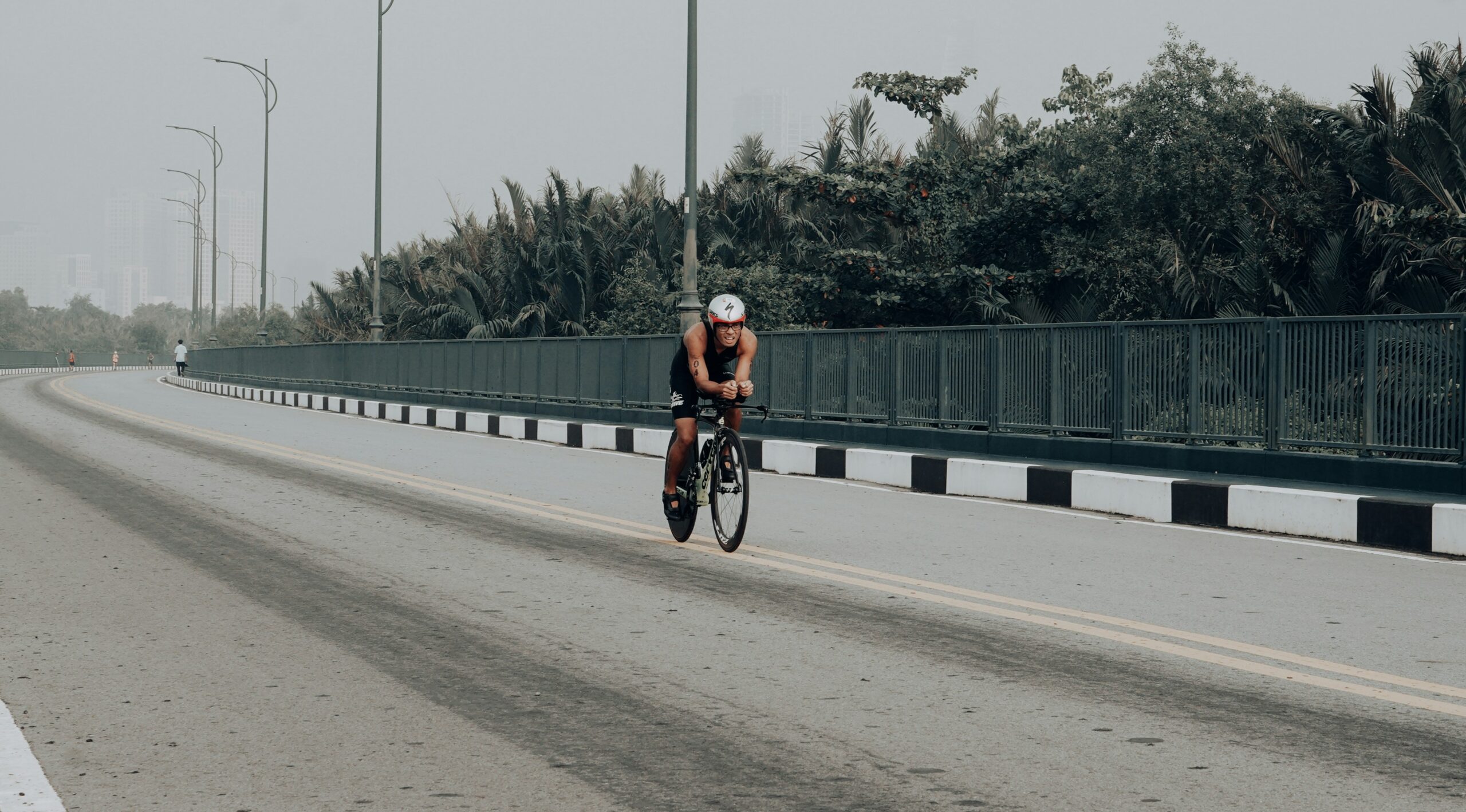Cycling isn’t just about speed and endurance—it’s also about mastering the art of bike handling. Whether you’re in a fast-paced criterium, a friendly group ride, or a long gran fondo, the ability to handle body contact and wheel overlaps can be the difference between staying in control or taking an unexpected tumble. Developing these skills not only builds confidence but also ensures the safety of everyone around you.
In this guide, we’ll cover why these skills matter, how to practice them effectively, and how they can transform you into a more capable and resilient cyclist.
The Importance of Body Contact and Overlapping Wheels
Cycling in a group often means riding in close quarters with others, sometimes leading to incidental contact or wheel overlaps. While these situations might seem intimidating at first, they’re an inevitable part of group dynamics. Understanding how to handle them prepares you for high-pressure scenarios and builds overall confidence on the bike.
Navigating Tight Pelotons
In a tightly packed group, the likelihood of brushing shoulders or bumping elbows is high. Being comfortable with this contact allows you to maintain your line and composure, minimizing disruptions to the riders around you.
Staying Upright During Contact
Although cycling isn’t traditionally a contact sport, occasional bumps and touches happen. Knowing how to absorb and respond to these moments can prevent panic and reduce the risk of crashes.
Managing Wheel Overlaps
Overlapping wheels—where your front wheel overlaps another rider’s rear wheel—can lead to accidents if not handled properly. Practicing techniques to recover from overlaps helps you respond calmly and safely when they occur.

Preparing for Practice: The Right Environment
Selecting a Safe Space
The best place to start is a grassy field with firm ground. Grass reduces the risk of injury in case of falls and allows you to practice at slower speeds.
Gear and Equipment
Wear a well-fitted helmet and consider using gloves for added grip and protection. Make sure your bike is in top condition, with functioning brakes and properly inflated tires.
Finding a Partner
Practicing these skills with a trusted partner makes the experience safer and more effective. Choose someone who shares your focus on building skills and communicating clearly.
Drills to Master Body Contact Handling
Comfort with Proximity
To build confidence riding close to another cyclist, practice riding side-by-side at a slow pace. Gradually narrow the gap until your shoulders almost touch. For additional stability, place a hand lightly on your partner’s shoulder while maintaining balance.
Bumping Elbows
This drill simulates light, incidental contact you might experience in a group. Ride alongside your partner and practice gently bumping elbows. Keep your upper body relaxed and your grip steady to absorb the impact without losing control.
Leaning into Contact
To prepare for sustained contact, practice leaning your shoulder against your partner’s while riding side-by-side. Both riders should work together to maintain balance and gradually increase the pressure to simulate real-world scenarios.
Drills for Overlapping Wheels Recovery
Controlled Overlaps
Deliberately overlap your front wheel with your partner’s rear wheel at a slow pace on grass. Allow the wheels to touch lightly and practice recovering by steering slightly into the rear wheel while easing your speed. This drill develops your ability to respond calmly.
Reaction Drills
Have your partner vary their pace or position unexpectedly, causing a wheel overlap. Focus on staying composed, adjusting your steering gradually, and regaining a safe distance. Repeating this drill improves reflexes and builds confidence.
Advanced Practice: Gradually Increasing Speed
Once you’re comfortable with body contact and wheel overlaps at slow speeds, progress to more realistic conditions. Transition to an empty parking lot or low-traffic area, and eventually practice these skills in a group ride setting.
Incorporate short sprints to simulate race-like intensity, maintaining control even at higher speeds.


Overcoming Common Challenges
Fear of Falling
Falling is a natural part of learning. Practicing on grass minimizes the risk of injury and helps you gain confidence. The more you practice, the less intimidating the possibility of falling becomes.
Tension in the Upper Body
Stiff shoulders and arms can make absorbing contact more difficult. Focus on staying relaxed, keeping a light grip on the handlebars, and breathing steadily to remain composed.
Balancing Stability
Balance improves with time and repetition. Engage your core muscles and keep your eyes forward to maintain stability during drills.
The Benefits of Mastering These Skills
Practicing body contact and wheel overlap handling has numerous benefits beyond the immediate improvements in safety and control. These skills enhance your overall bike-handling ability, making group rides and races more enjoyable.
Confidence in Close Quarters
Knowing you can handle incidental contact or an overlapping wheel gives you peace of mind, reducing anxiety during group rides or races.
Improved Handling and Balance
These drills fine-tune your ability to stay balanced, adjust your positioning, and maintain control in challenging situations.
Safer Group Dynamics
Being prepared to handle unexpected bumps or overlaps ensures the safety of everyone around you, fostering trust and camaraderie in group settings.

When to Practice These Drills
Include body contact and wheel overlap drills during specific phases of your training, such as Base 3 or Build phases. Practicing once a week is sufficient to complement other aspects of your cycling training without overloading your schedule.
Final Thoughts
Mastering body contact and overlapping wheels requires patience, consistent practice, and a willingness to step outside your comfort zone. With time, these skills will become second nature, enabling you to ride confidently and safely in any group setting.
So grab a friend, find a grassy field, and start practicing. With dedication, you’ll gain the confidence and control to handle any challenge the road—or the peloton—throws your way.


Leave a Reply